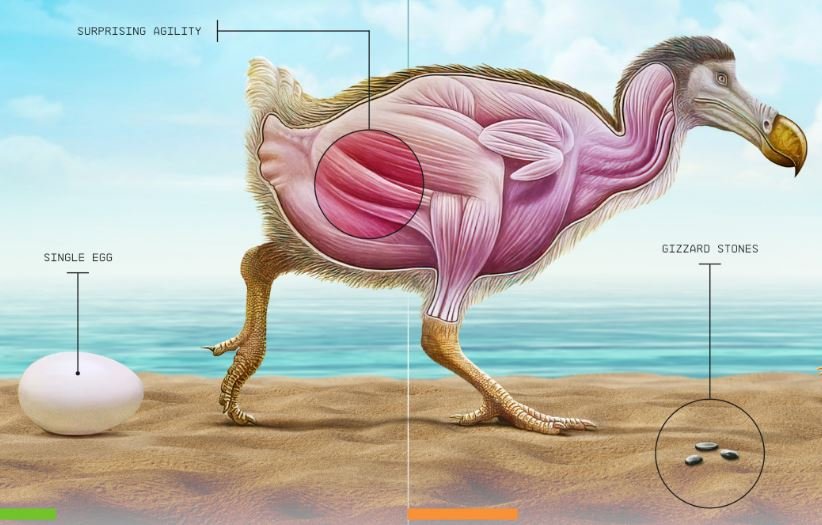The Long-Extinct Dire Wolf Rises From a Dallas Lab
A biotech company in Dallas says it has brought back an extinct animal that last walked the Earth nearly 13,000 years ago. Colossal Biosciences, the startup that’s also trying to resurrect the extinct wooly mammoth and the dodo, announced this week that they’ve brought three dire wolves into the world.
Two of the wolves – Romulus and Remus – were born in October; the third, named Khaleesi (after a Games of Thrones character), in January. All three are living in an undisclosed location, inside a 1-acre enclosure within a 2000-acre nature preserve.
It is probably important to keep in mind that Colossal isn’t directly cloning DNA preserved from prehistoric animals (like the fictional scientists of Jurassic Park). Rather, the lab is editing the genes of present-day wolves so that they look and act like their extinct predecessors.
The lab creatures have more pronounced shoulders, a wider head, larger jaws, and thicker haunches than contemporary gray wolves. Romulus and Remus already weigh about 80 pounds apiece and are expected to grow bigger than their gray wolf cousins (uncles?).
The lab did need some ancient DNA for the de-extinction project. They found it in a 13,000-year-old tooth from Sheridan Pit, Ohio, and a 72,000-year-old inner ear bone from American Falls, Idaho. The scientists extracted and sequenced the DNA, then compared it to the genome of a gray wolf. They edited gray wolf genes to match dire wolf characteristics, then inserted them into the egg cells of a domesticated dog. When the eggs developed into embryos they were transplanted into the wombs of large hound mixes, and then boom – three wolves were born via cesarean section.
Colossal has further used its new gene-editing technique to do something truly useful: produce four red wolves, the most critically endangered wolf species in the US. Red wolves used to be common in the Eastern and South Central US, but now there are fewer than 20 of them in the wild (in North Carolina) and only about 270 in captive-breeding programs across the US.
Colossal says their flashy tech will be instrumental in conservation but is vague on how that will be achieved. “The revival of the dire wolf heralds the advent of a thrilling new era of scientific wonder,” the company website proclaims, “showcasing how the concept of ‘de-extinction’ can serve as a bedrock for modern species conservation.”
Whatever else is going on at Colossal, they have the imprimatur of the American Humane Society. “We congratulate Colossal as a shining example of excellence in humane care and welfare,” says AHS CEO Robin R. Ganzert. “The technology they are pursuing may be the key to reversing the sixth mass extinction and making extinction events a thing of the past.”
Hear the dire wolf howling here.
Photo credit: Colossal Biosciences









